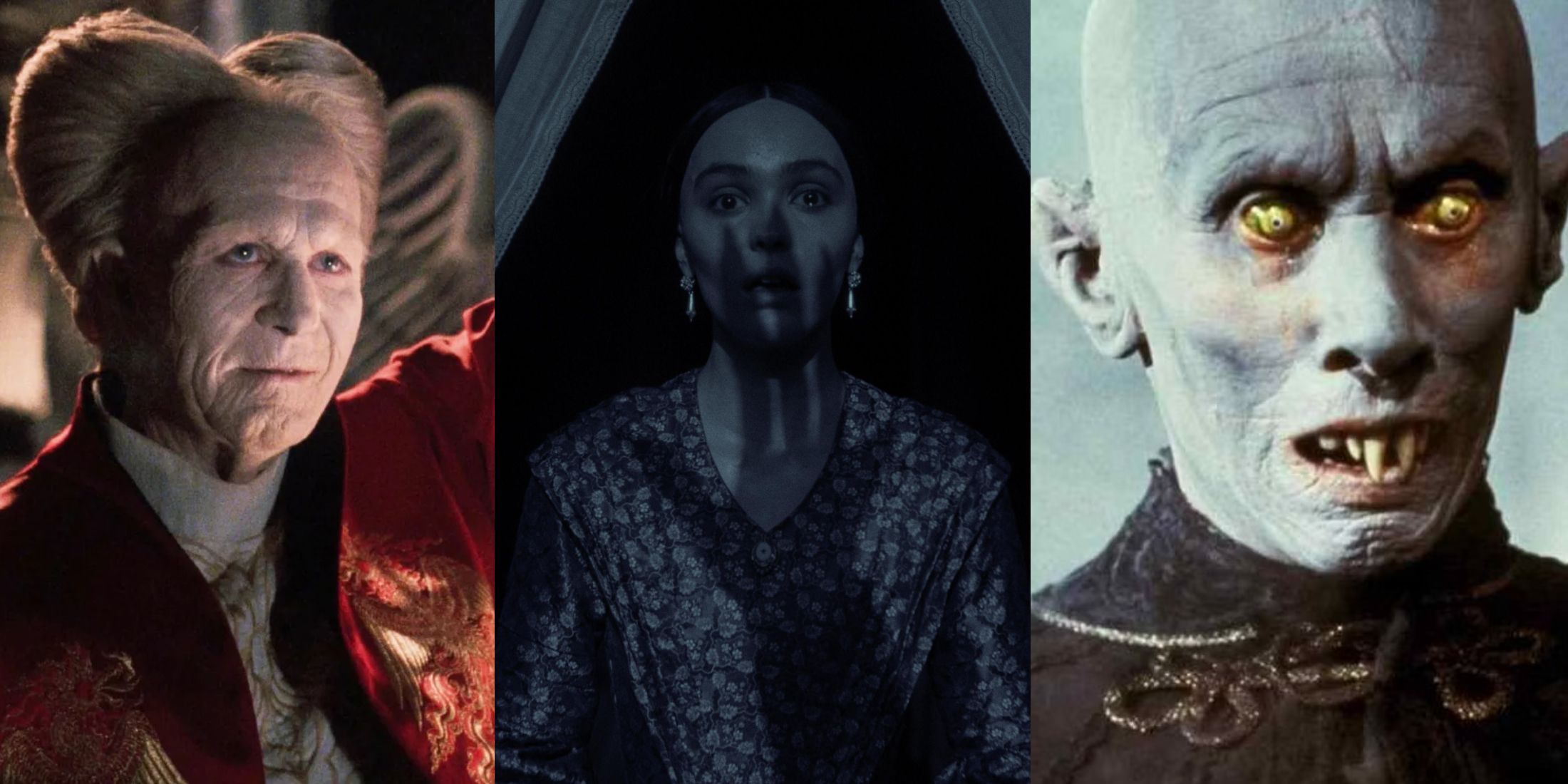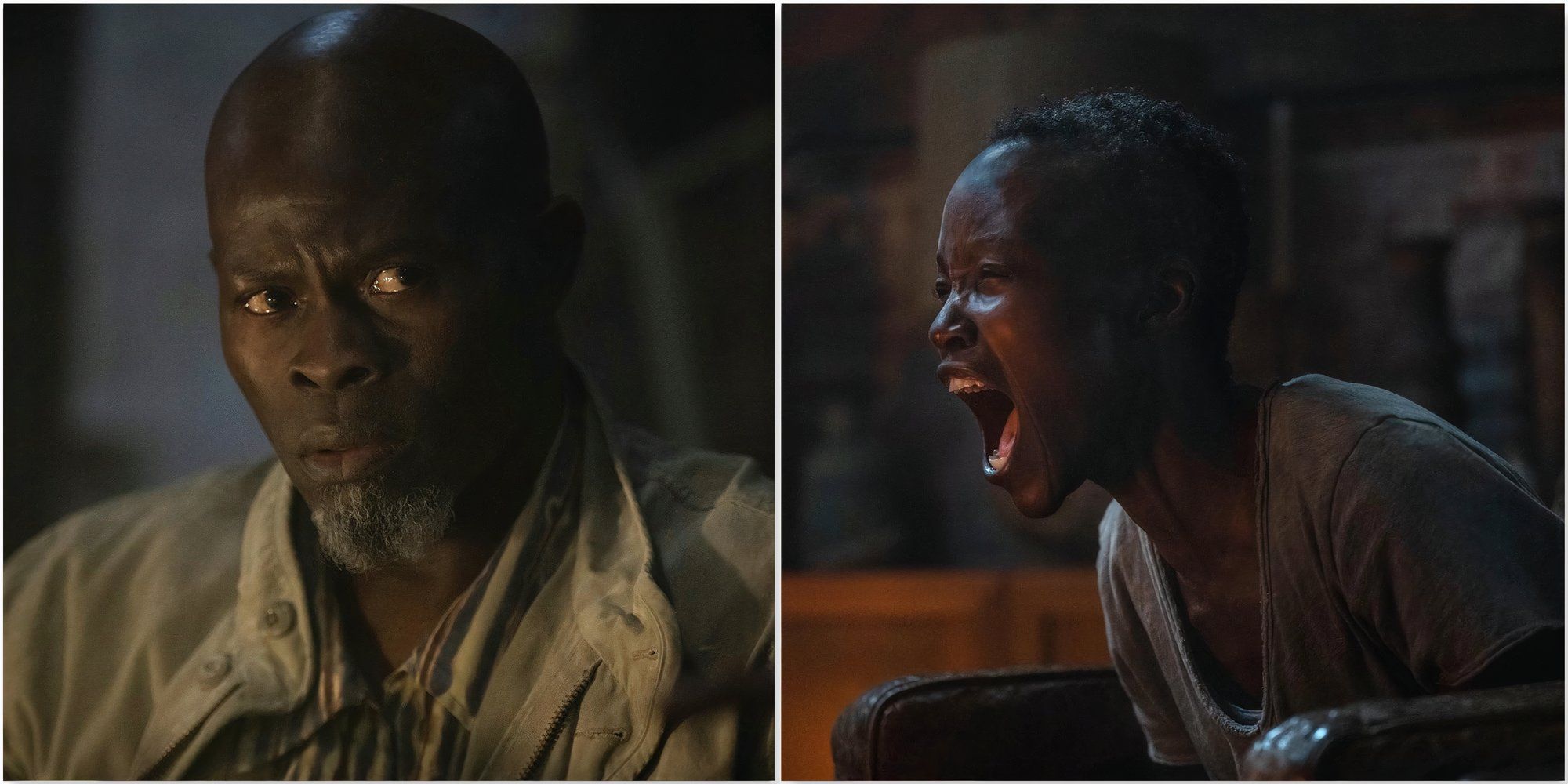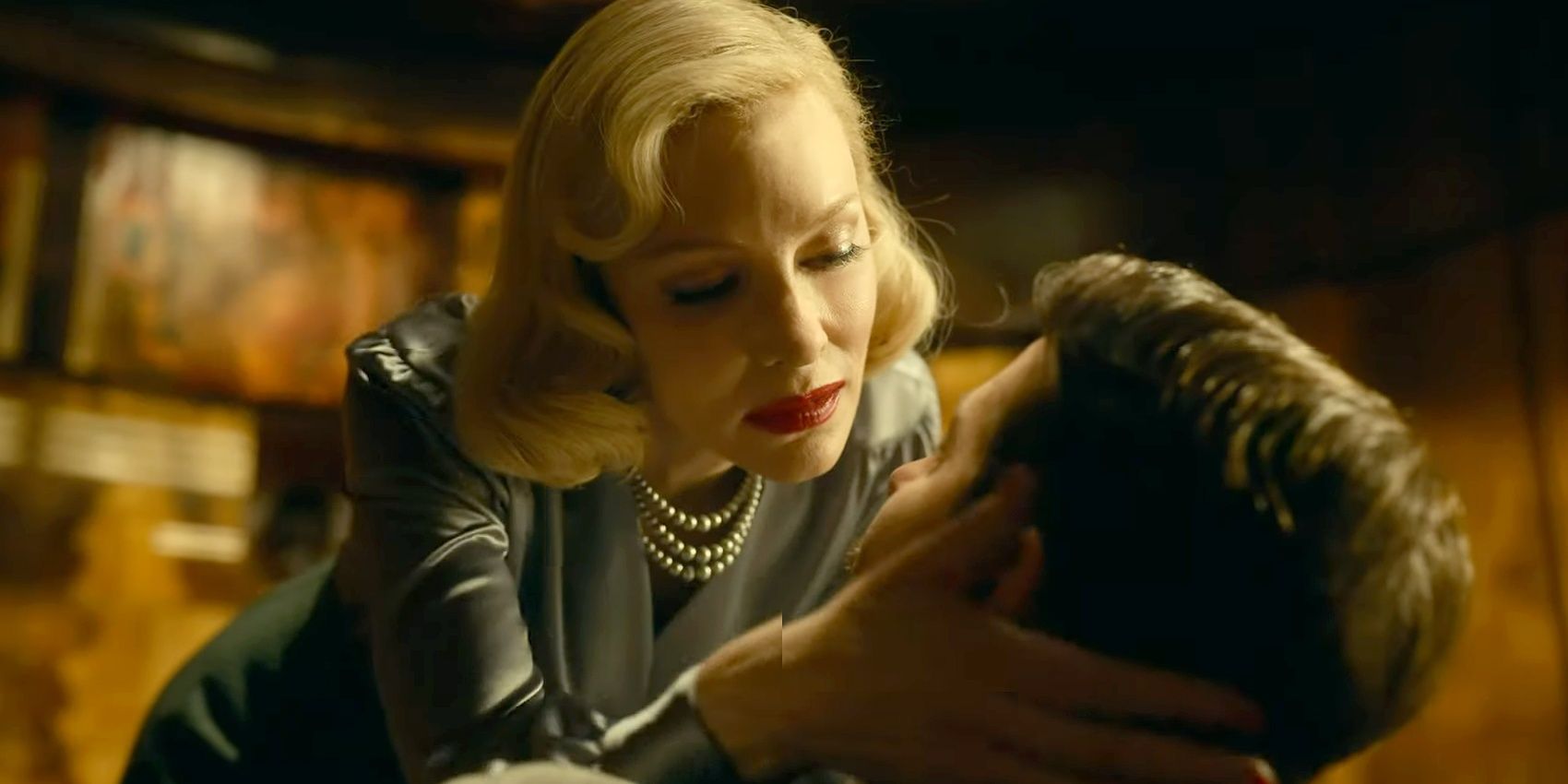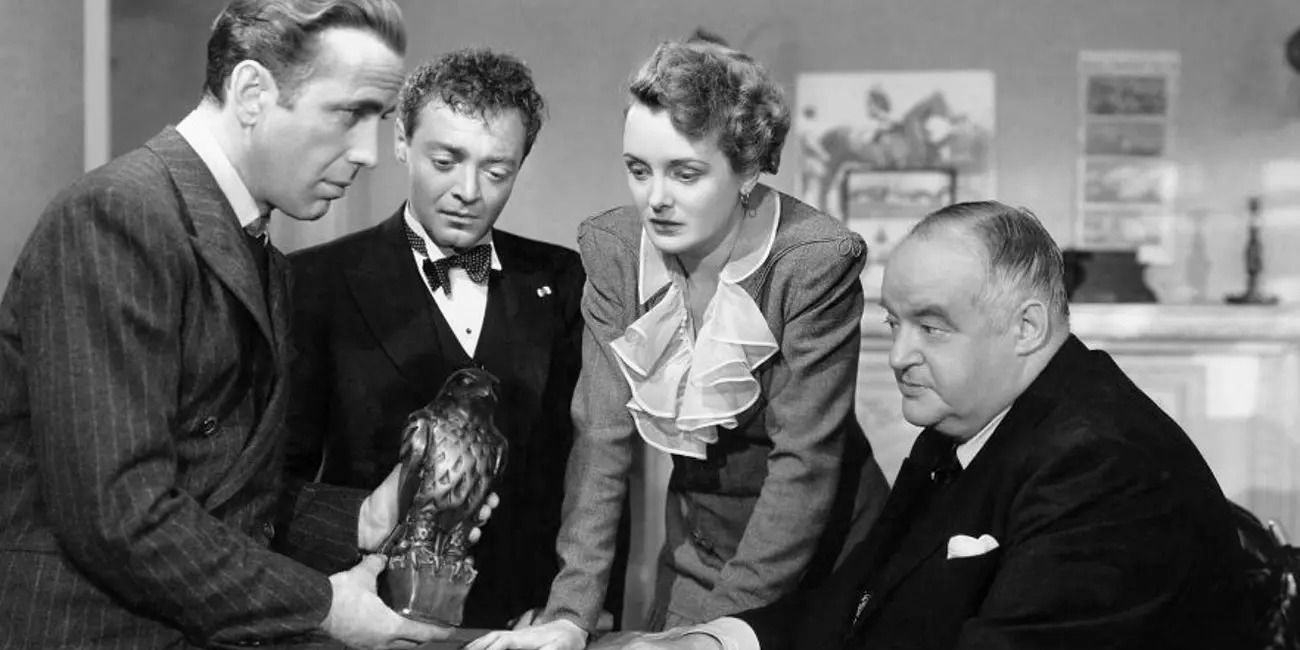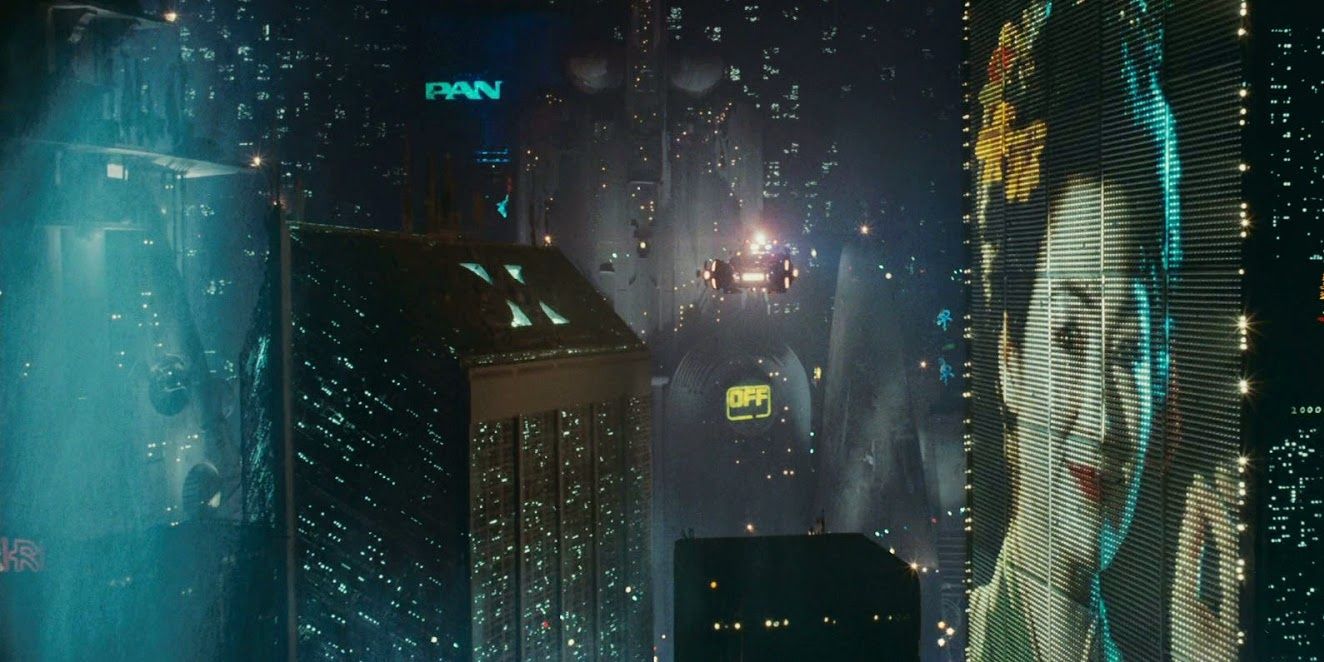When it comes to subgenre and media aesthetics, it can be hard to write any sort of guidelines that defines the general look and feel of a given genre. Like horror, screwball comedy, and many other oddly specific types of media, the only real way to identify most examples is to "know it when we see it."
The term "neo-noir" is thrown around pretty frequently when describing anything with a grim tone, a mystery subplot, and/or a limited color palette. Whether it's misspelled in the title of a triple-A video game or being applied to each new version of Batman, noir is very much still a factor in modern media.
Film noir is a fascinating cross-cultural interplay that became instantly iconic and stunningly influential. Though the term was used occasionally throughout the late 30s, it was popularized by Italian-born French film critic Nino Frank in 1946. During World War II, American films weren't made available in occupied France, leaving critics like Frank to catch up on some excellent pieces he missed once the conflict ended. Frank took in films including Billy Wilder's Double Indemnity, Fritz Lang's The Woman in the Window, and John Huston's 1941 adaptation of Dashiell Hammett's The Maltese Falcon and perfected their description.
The term simply translates to "dark film," referring to the exceedingly grim outlook on humanity that the genre wears like a three-piece suit. American Great Depression-era "Hardboiled" fiction, such as Hammett's aforementioned opus, served as the primary narrative influence on the genre. Stylistically, film noir borrows many of its cinematographic techniques from German Expressionism. The grim, yet realistic, view of life and its natural end is largely influenced by French poetic realism and Italian neorealism. It's unclear exactly who nailed this cocktail first, scholars still debate whether it "counts" as a genre, but what is clear is that it has endured the test of time.
Like almost every other aspect of film noir, the question of what marks out a neo-noir work from the original model is a matter of intense debate. Some still debate whether either movement should be considered to exist. Many artists bristle at the label for one reason or another, but it's almost inarguable that the stylistic conventions are worth categorizing. The film noir movement has several hundred examples, as does its modern counterpart neo-noir, and their stylistic hallmarks are, in large part, maintained over the eighty years of its lifespan. Visually, a neo-noir abuses the tilted Dutch angle and often uses the imagery of shadows and light for both aesthetic and symbolism. Some go so far as to return to the old ways and release a black and white cut. Many maintain that Jean-Luc Goddard defined the new take on the genre with his films including Breathless and Alphaville. The most interesting aspect of neo-noir isn't in how it keeps the old genre alive, but in the ways in which it evolved.
Yes, neo-noir is often just as grim and gritty as its predecessor; it wouldn't earn the name without that. But a form must be defined before it can be transcended. Film noir is the perfect jumping-off point for new creators to develop from. The techniques, themes, and aesthetic flairs are now inextricably linked to the old masters and their work. Modern creatives can borrow or take them all together, then blow minds by flipping the script. Neo-noir takes the psychological storytelling of its quests for revenge and battles for justice and turns it into sociological storytelling. The genre interrogates the trends and forces that define the real world through the lens of that powerful cross-cultural time-honored cocktail.
Neo-noir gives way to further subdivision with concepts like tech-noir. Coined by James Cameron as the name of the nightclub in The Terminator, tech-noir is regular noir with a fresh cyberpunk edge. Terminator obviously exists within this sub-subgenre, but it is epitomized by Blade Runner. While an extreme example, the tech-noir aesthetic rockets the past into the future to bring that grim outlook into science fiction. Neo-noir, at the best of times, seeks to do the same, but while interrogating the present day. Look no further than Guillermo del Toro's take on Nightmare Alley, which recontextualizes an old story into a moving new theme. Evan Morgan's The Kid Detective puts the same bracing dark side of humanity on screen, then dares us all to laugh at it. Even Matt Reeves' The Batman expands the lens of its storytelling, adding a sociological edge to a very personal story.
Filmmakers are using the neo-noir trappings to tell incredible stories, aided by the universal power of the long-established trends. From across the world, the neo-noir subgenre, no matter how many deny its fundamental truths, continues to be one of the most important ways to tell a story. New neo-noir stories seem to come out pretty frequently, and fans are spoiled for choice when it comes to this cinematic institution.

